In the world of audio recording, the quest for the perfect sound often leads to the best condenser microphone.
Whether you’re recording studio vocals, acoustic guitars, ensembles, strings, drum overheads, or more, a condenser microphone is often the go-to choice for professionals and enthusiasts alike.
The landscape of condenser microphones is vast and varied, offering a plethora of choices for different needs and budgets. Small-diaphragm condensers are known for fine top-end detail. Large-diaphragm condensers are preferred for fuller mids and lows. Each type has unique characteristics.
In this guide, we delve into the world of condenser microphones. Our focus is to provide you with the knowledge and insights needed to make an informed decision. We want to help you select the microphone for your specific requirements.
Our Top Picks
We provide our product links with Amazon assurance whenever possible.
Best Overall: AKG C414 XLII
It is a top choice in studios worldwide. Its ability to capture the subtlest nuances makes it a favorite among professionals and audio enthusiasts alike.
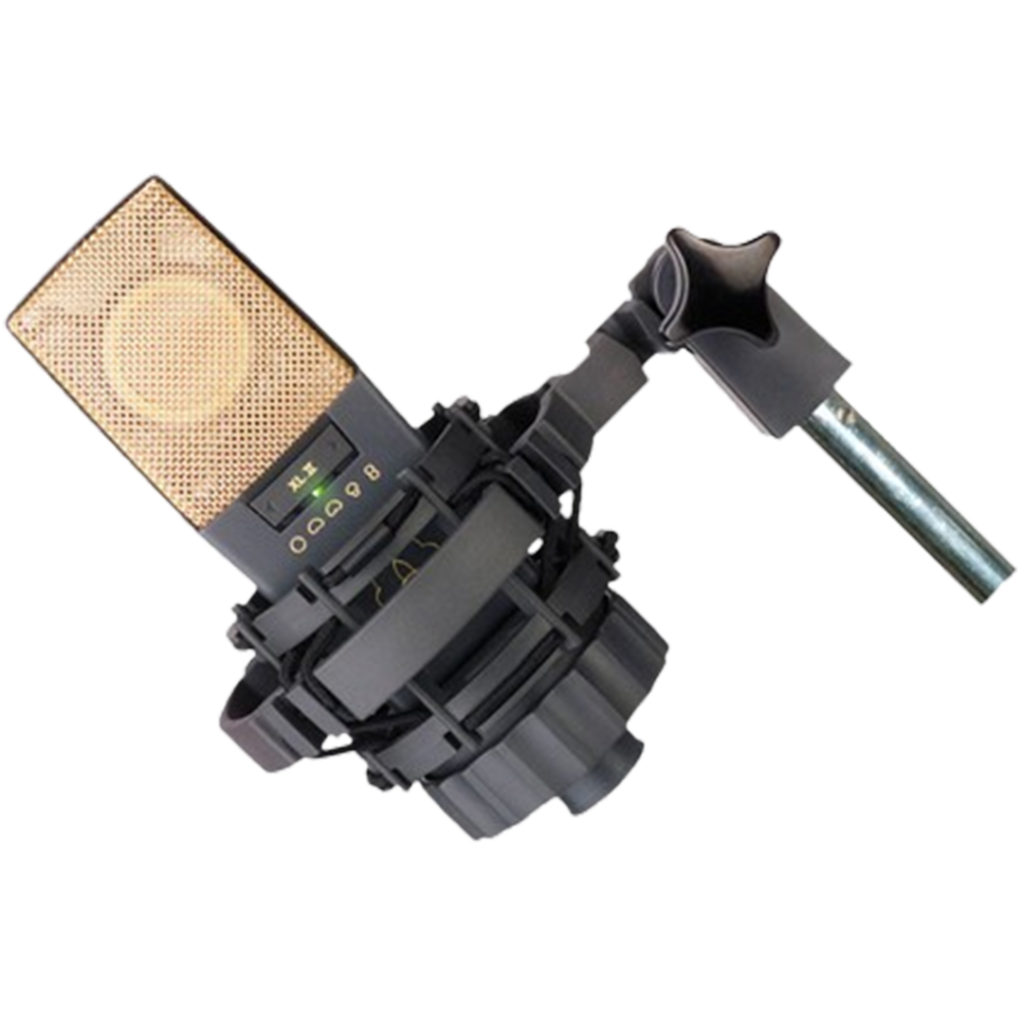

Specifications:
- Frequency Response: 20Hz – 20kHz.
- Polar Patterns: 9, including Omni, Wide Cardioid, and Hypercardioid.
- Diaphragm Size: 1″ (25.4mm).
- Sensitivity: 23mV/Pa.
- Signal-to-Noise Ratio: 88dB-A.
- Bass Cut Filter: 3 options (160Hz, 80Hz, 40Hz).
- Preattenuation Pad: 3 levels (-6dB, -12dB, -18dB).
- Max SPL: 140dB (158dB with -18dB pad).
Who Is It For?
The AKG C414 XLII is the microphone for serious recording artists, sound engineers, and studio professionals. Its wide range of polar patterns makes it incredibly versatile.
It’s perfect for capturing everything, from the nuanced vocals of a solo artist to the rich harmonies of an orchestra. The microphone’s high SPL handling and low self-noise are ideal for recording in diverse environments.
Its detailed sound capture and robust build quality make it a reliable choice for those who demand the best in their recordings.
Whether you’re a seasoned pro or an aspiring artist, the AKG C414 XLII offers the performance and quality needed. It’s perfect for taking your recordings to the next level.
Best High-end Mic: Neumann U87 Ai
It’s a staple in professional studios worldwide. This iconic microphone is not just a tool but a gateway to capturing audio with pristine clarity and depth.
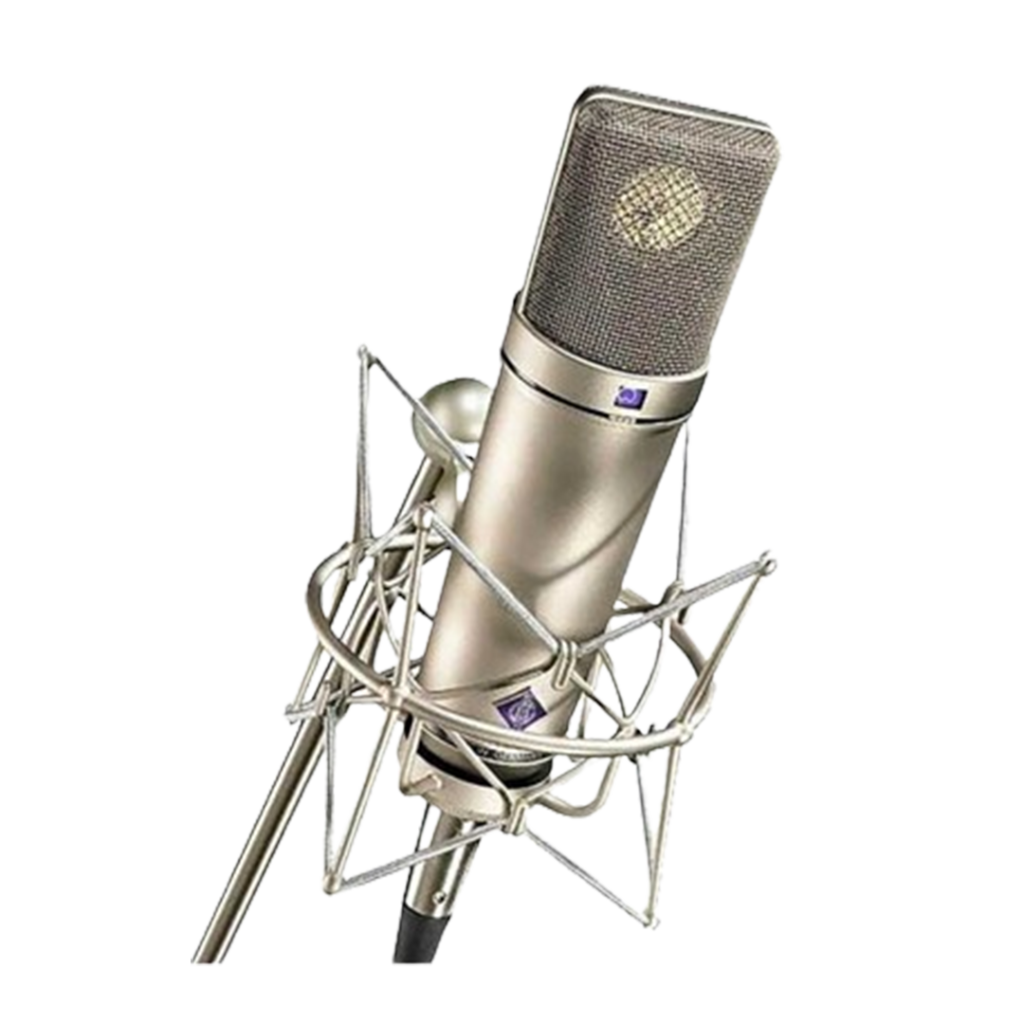

Specifications:
- Polar Patterns: Cardioid, Omni, Figure-8
- Frequency Response: 20Hz-20kHz
- Max SPL: 117dB (Cardioid), 127dB with Pad
- Output Connector: XLR 3-Pin
- Diaphragm Size: 1″ (25.4mm)
- Impedance: 200 Ω
- Self-noise: 12 dB(A)
- Power Requirement: Phantom Power
Who Is It For?
The Neumann U87 Ai is the microphone for audio professionals. It is also ideal for enthusiasts who demand the highest sound recording quality.
Whether you’re a seasoned music producer, a voice-over artist, or a podcaster, this microphone offers unparalleled audio fidelity. Its versatile polar patterns make it suitable for a wide range of recording scenarios.
It’s ideal for intimate vocal sessions and capturing the nuances of orchestral performances. Its low self-noise is ideal for those seeking a clean, uncolored sound.
However, its high price and need for phantom power make it better for professional setups than casual home studios. If you’re looking for the best in audio recording, the Neumann U87 Ai is the microphone that stands out in the crowd.
Gem for Vocals: Neumann TLM 103
It is a favorite in studios worldwide. Its design and performance make it a top choice for both professionals and home recording enthusiasts seeking pristine audio capture.
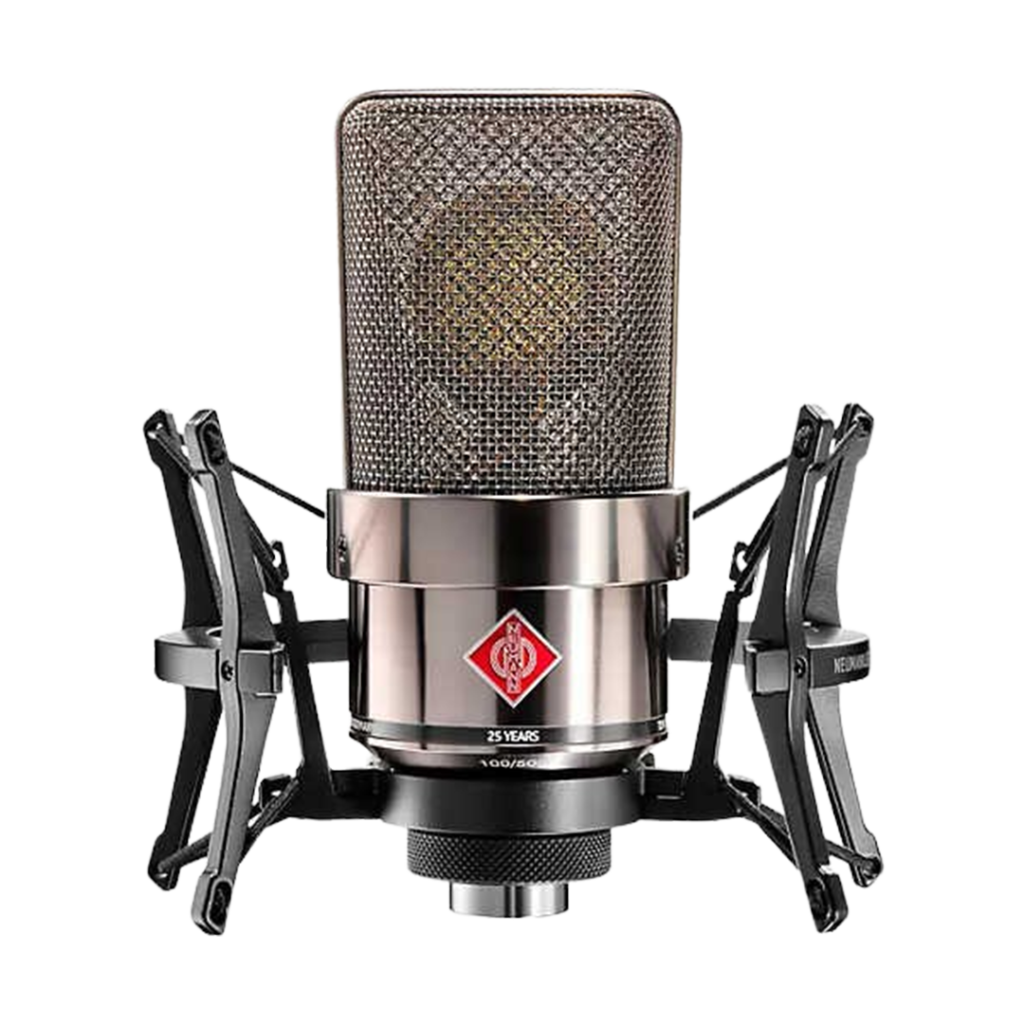

Specifications:
- Polar Pattern: Cardioid
- Frequency Range: 20 Hz to 20 kHz
- Maximum SPL: 138 dB
- Self-Noise: 7 dB-A
- Output Connector: XLR 3-Pin
- Weight: Approximately 450 g
- Diaphragm Size: Large
- Transformerless Circuitry
Who Is It For?
The Neumann TLM 103 is an ideal choice for anyone seeking the microphone for professional-grade vocal recordings. This microphone offers unparalleled sound clarity and detail.
Whether you’re a seasoned artist, a voice-over professional, or a podcast host. Its low self-noise ensures that your recordings are crisp and free of unwanted background noise.
The TLM 103’s cardioid pattern effectively isolates the sound source. It also minimizes room acoustics, ideal for vocalists and instrumentalists alike.
Its robust build and technical prowess make it a valuable investment for serious recording artists and audio engineers. They demand the highest quality in their work.
The Neumann TLM 103 is a top-tier microphone. It captures nuanced performances, making it ideal for anyone dedicated to achieving the best in audio recording.
Hidden Champion: Audio-Technica AT4050
Discover the Audio-Technica AT4050, a hidden gem among the microphones. Renowned for its versatility and superior performance, this microphone stands out in the crowded field of audio recording.
Its unique blend of features makes it an ideal choice for both studio and live settings. It offers unparalleled sound quality for professionals and enthusiasts alike.
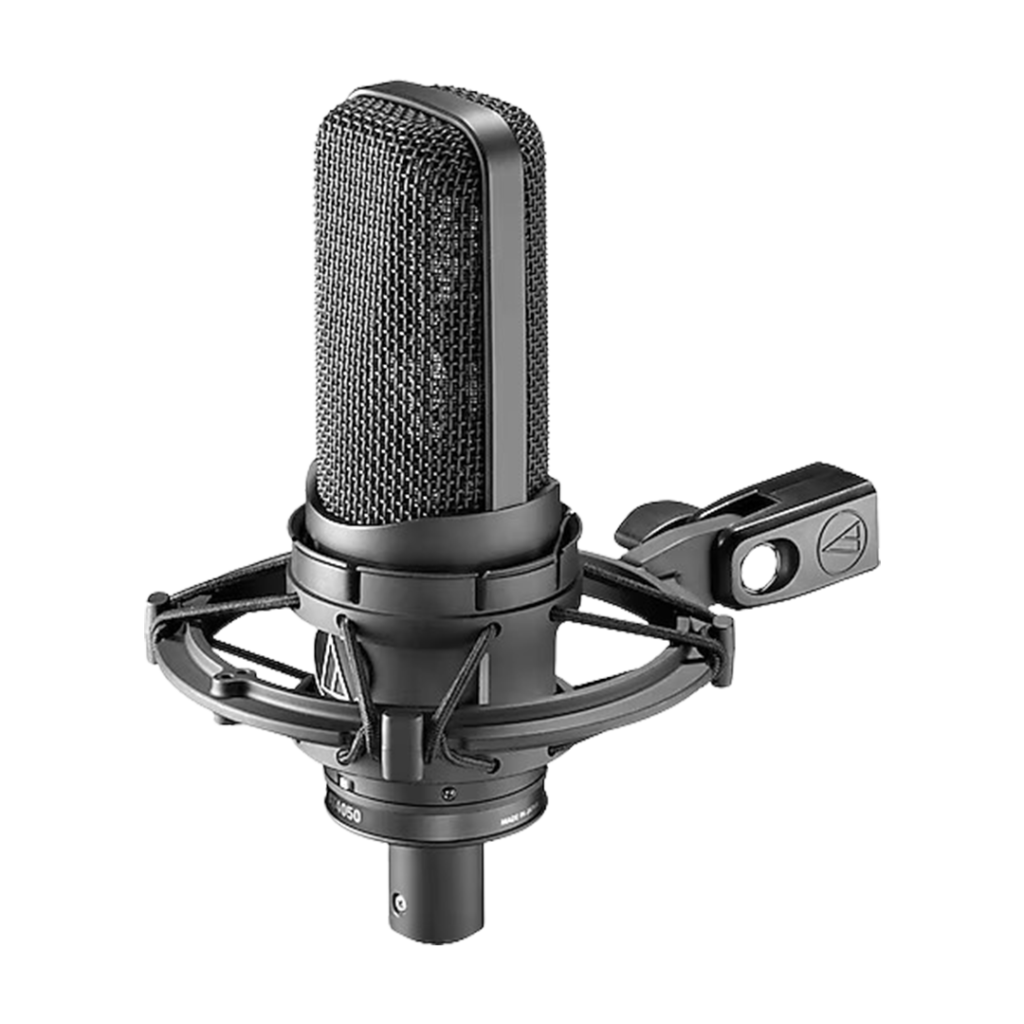

Specifications:
- Polar Patterns: Cardioid, Omni, Figure-8
- Frequency Response: 20Hz-18kHz
- Maximum SPL: 149dB
- Signal-to-Noise Ratio: 77 dB, 1 kHz at 1 Pa
- Phantom Power Requirements: 48V DC, 4.2 mA typical
- Weight: 510g
- Dimensions: 188.0 mm long, 53.4 mm maximum body diameter
- High-Pass Filter: Switchable 80 Hz
Who Is It For?
The Audio-Technica AT4050 is the microphone for a wide range of users. It suits everyone, from budding home studio enthusiasts to seasoned professionals.
Its versatility makes it perfect for various recording scenarios. This includes capturing the intricate details of vocal performances, the dynamic range of instruments, and the ambient sounds of live environments.
The switchable polar patterns offer flexibility, adapting to different recording needs. Its ability to handle high sound pressure levels means it can capture loud sources without distortion.
This makes it ideal for musicians recording loud instruments or amplifiers. The consistent performance of the AT4050 ensures reliable, high-quality recordings every time.
This microphone is particularly suited for those who value versatility and durability in their recording equipment, making it a staple in any serious audio collection.
Best Budget-friendly: AKG P420
This high-performance, dual-capsule microphone is a favorite in project studios, offering versatility and quality that punches above its price.
Its ability to deliver professional-grade recordings makes it an attractive option for aspiring musicians. It’s also popular with podcasters.
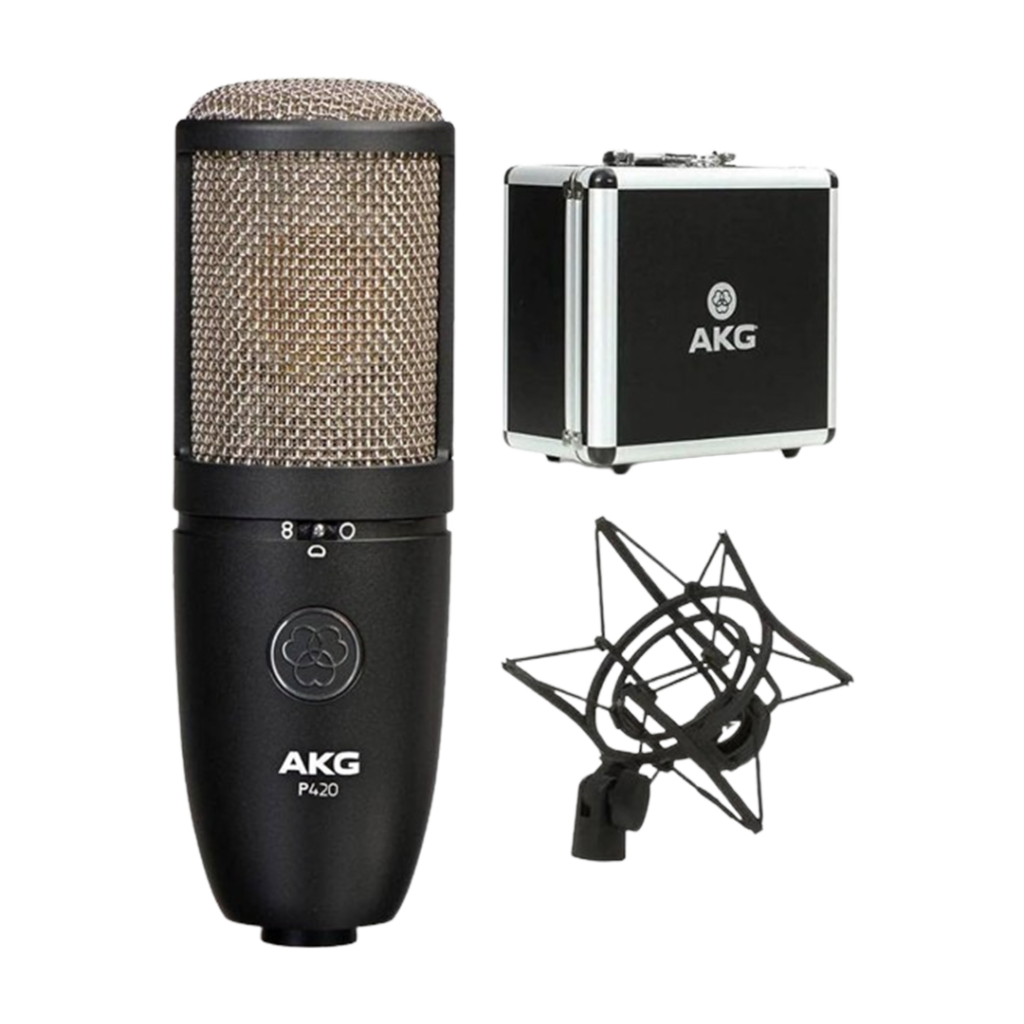

Specifications:
- Polar Patterns: Cardioid, Omni, Figure-8
- Frequency Response: 20Hz-20kHz
- Diaphragm Size: 1″ (25.4mm)
- Maximum SPL: 135 dB SPL, 155 dB with Pad
- Sensitivity: 28 mV/Pa
- Equivalent Noise Level: 15 dB-A
- Signal to Noise: 79 dB-A
- Output Connector: XLR
Who Is It For?
The AKG P420 is an ideal choice for the microphone for budding artists, podcasters, and home studio enthusiasts. Its versatility makes it suitable for a wide range of recording situations.
It has three selectable polar patterns (cardioid, omni, and figure-8). This makes it suitable for recording vocals and diverse instruments.
The high SPL handling ensures that it can cope with loud sources, making it perfect for recording everything from delicate acoustic sessions to powerful vocal performances.
Whether you’re a musician recording for your next album, a podcaster aiming for higher production quality, or a home studio hobbyist experimenting with different sounds, the AKG P420 offers quality, versatility, and value that’s hard to beat.
Best for Studio Vocals: Sennheiser e965
The microphone for studio vocals, the Sennheiser e965, stands out with its exceptional clarity and versatility. Professionals prefer this handheld microphone because it has excellent sound quality.
The microphone has a large diaphragm and uses true condenser technology. Its innovative design and superior performance make it a standout in the world of studio recording.
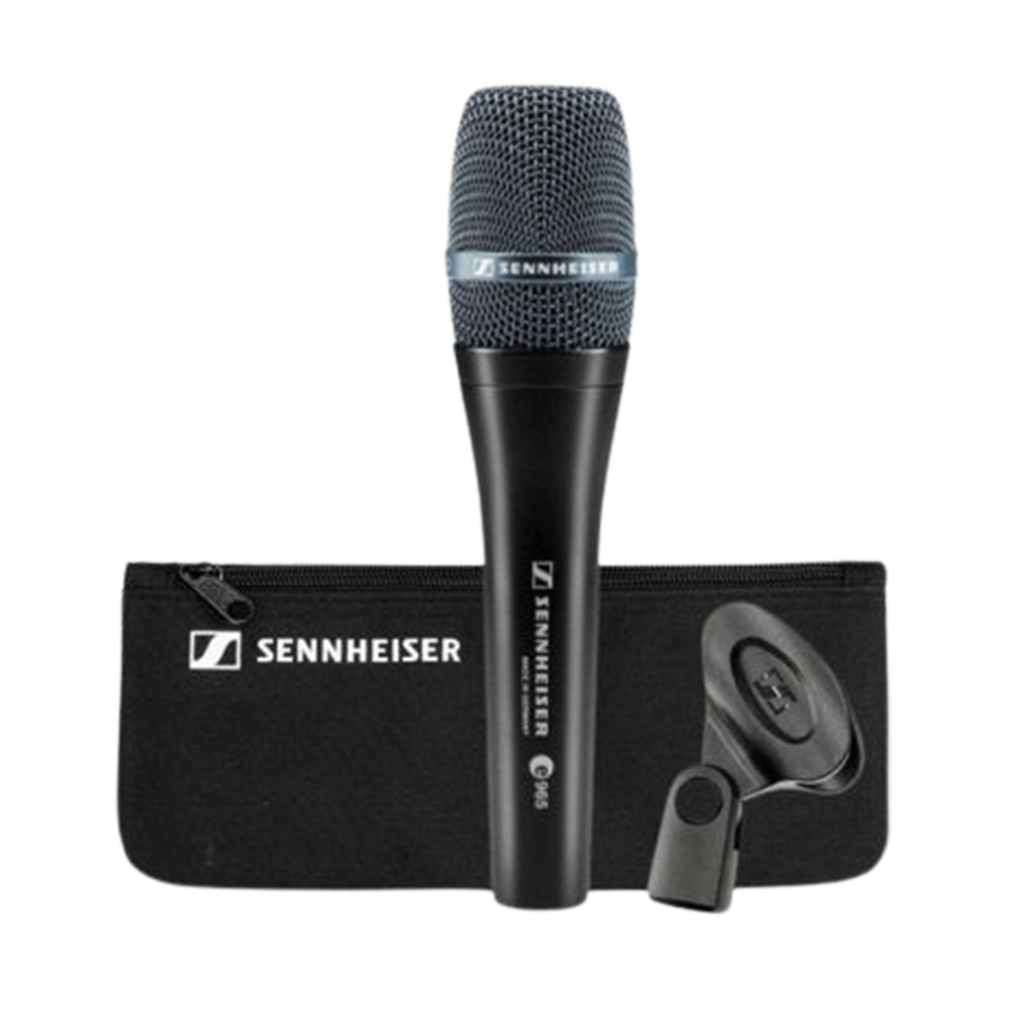

Specifications:
- Polar Patterns: Cardioid, Supercardioid
- Frequency Response: 40Hz-20kHz
- Maximum SPL: 142dB (152dB with Pad)
- Output Connector: XLR 3-Pin Male
- Diaphragm Size: 1″ (25.4mm)
- Weight: 396g
- Impedance: 50 Ohms
- Low Cut Filter: Switchable
Who Is It For?
The Sennheiser e965 is the microphone for vocalists, podcasters, and studio professionals. Its dual polar patterns (cardioid and supercardioid) offer flexibility. This makes it ideal for both studio recordings and live performances.
The high SPL handling ensures clarity even in loud environments. The low handling noise is perfect for capturing nuanced vocal performances.
Its robust build and superior sound quality make it a favorite among professionals who demand the best from their equipment.
Whether you’re recording a podcast, laying down vocal tracks in a studio, or performing live, the Sennheiser e965 delivers unparalleled audio fidelity. It’s a must-have for those who value exceptional sound quality in their recordings.
Best Small-Diaphragm: Beyerdynamic MC 930
The Beyerdynamic MC 930 stands out as the microphone for those seeking precision and clarity in their recordings. This small-diaphragm condenser microphone is renowned for its exceptional sound quality.
Professionals and enthusiasts alike consider it a top choice. Its versatility and superior performance make it an ideal tool for capturing intricate audio details in various recording scenarios.
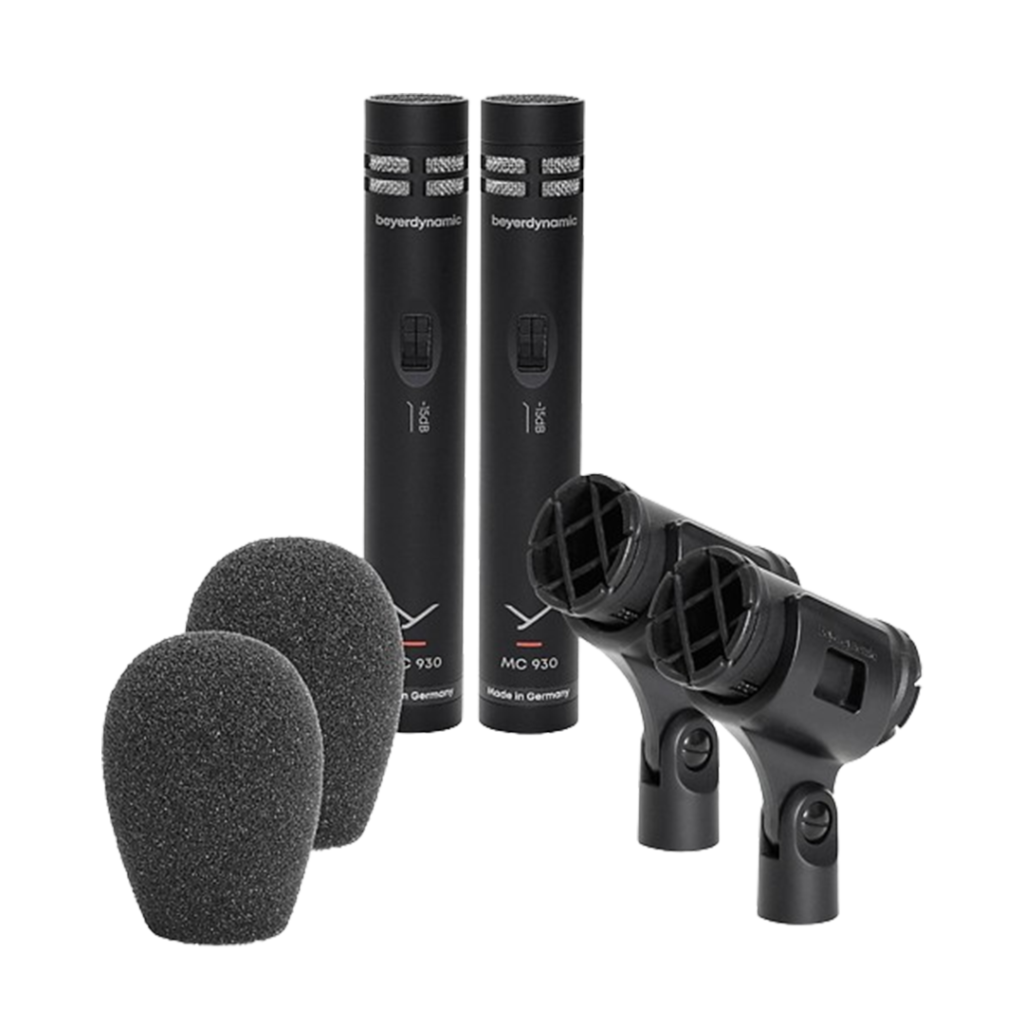

Specifications:
- Transducer Type: True Condenser
- Operating Principle: Pressure Gradient
- Frequency Response: 40 – 20,000 Hz
- Polar Pattern: Cardioid
- Open Circuit Voltage: 30 mV/Pa = -30.5 dBV
- Nominal Impedance: 180 Ohms
- Load Impedance: ≥1000 Ohms
- Max SPL: 125 dB at 1 kHz
Who Is It For?
The Beyerdynamic MC 930 is the microphone for audio professionals and enthusiasts. It’s an ideal choice for their projects.
Whether you’re recording in a studio, capturing live performances, or working on detailed sound design, this microphone offers unparalleled clarity and precision. Its cardioid polar pattern makes it perfect for capturing vocals, acoustic instruments, and choirs.
The MC 930’s robust build and high SPL handling also make it a reliable tool for demanding environments.
The Beyerdynamic MC 930 is an excellent choice. It delivers professional-grade audio quality with versatility and durability.
Best Budget Small-Diaphragm: SE Electronics SE8
The SE Electronics SE8 is for budget-conscious audio enthusiasts. This small-diaphragm condenser microphone is renowned for its exceptional performance.
It delivers detailed and accurate sound reproduction. Its affordability and quality make it an attractive option for both amateur and professional users seeking top-notch audio without breaking the bank.
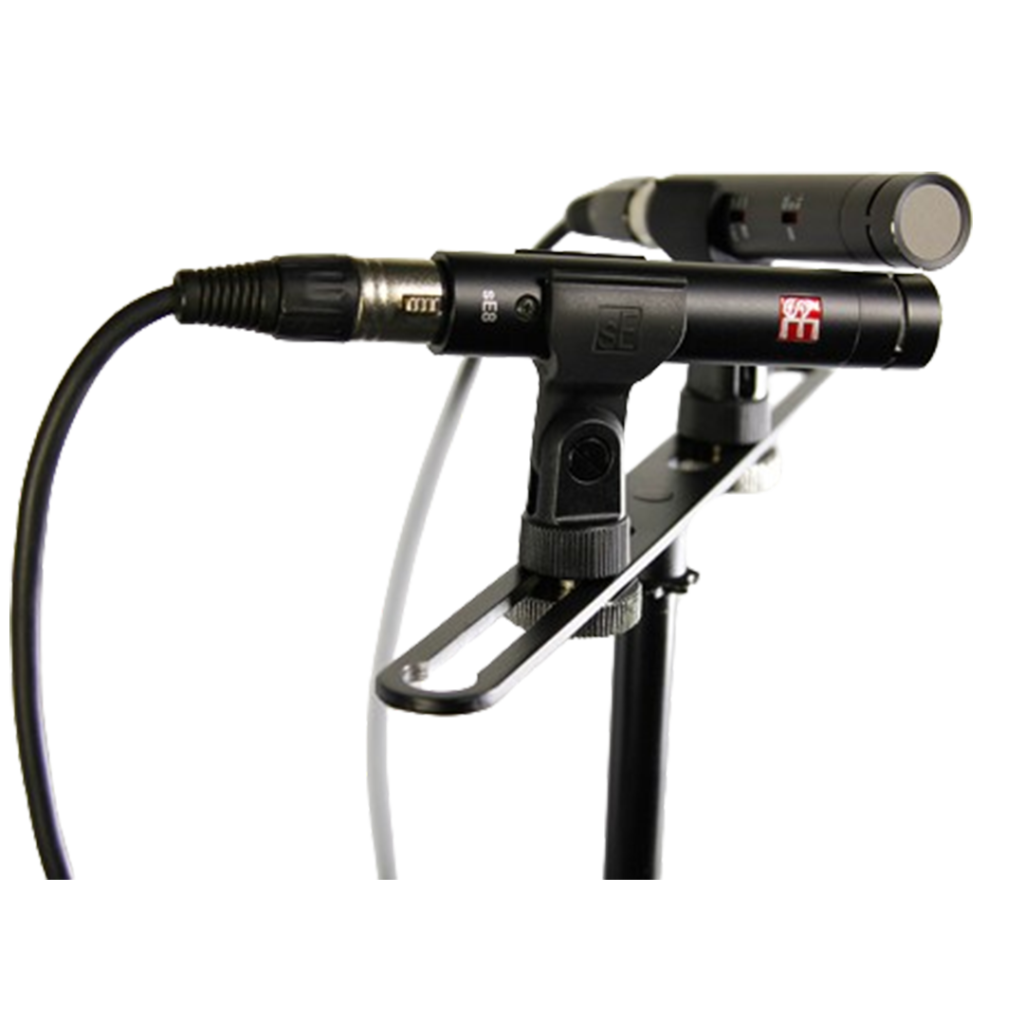

Specifications:
- Polar Pattern: Cardioid
- Frequency Range: 20 Hz – 20 kHz
- Max SPL: 139 dB SPL Peak (1 kHz, 0.5% THD), 159 dB with Pad
- Sensitivity: 25 mV/Pa (-32 dBV)
- Electrical Impedance: 110 Ohms
- Connector: XLR
- Mic Diameter: 23 mm (0.91 in.)
- Mic Length: 120 mm (4.72 in.)
Who Is It For?
The SE Electronics SE8 is a perfect choice for those seeking the microphone that balances cost and quality. It’s ideal for home studio enthusiasts, podcasters, and musicians. They require a reliable microphone for detailed sound capture.
Its high SPL handling makes it suitable for recording loud sources like drum overheads or guitar amps. Its detailed sound reproduction is perfect for capturing the nuances of acoustic instruments and vocals.
The SE8’s affordability is particularly appealing to those building a home studio on a budget. It offers professional-level audio quality without the hefty price tag.
Whether you’re a budding musician, a podcast host, or an aspiring audio engineer, the SE Electronics SE8 can take your audio projects to the next level. It offers the performance and reliability you need.
What is a condenser microphone used for?
A condenser microphone is a fantastic tool for capturing clear and detailed sound. It’s great for studio recordings, podcasts, and voice-overs because of its sensitivity and ability to pick up fine nuances in sound.
If you’re in the market for one, knowing that the microphone can make a real difference in your audio quality is crucial. It’s especially preferred by those who need pristine audio clarity, like musicians and broadcasters.
Do condenser mics sound better?
Yes, they often do, especially in studio settings. Condenser microphones are known for their sensitivity and ability to capture sound accurately, making them a top choice for professional recording environments.
When looking for the best condenser microphone, you’ll find they provide superior sound quality compared to dynamic mics, particularly for vocals and acoustic instruments. Their ability to capture a wider frequency range and quieter sounds makes them highly sought after by audio enthusiasts.
What I Wish I Knew Before I Got The Condenser Microphone?
- Research is Key: Before buying the microphone, it’s crucial to research and understand different models and features. Not all mics are the same, and what’s best for someone else might not suit your needs.
- Power Source: Most condenser mics require an external power source (like phantom power), which I didn’t initially realize. Make sure your setup can accommodate this.
- Sensitivity: The microphone is highly sensitive, great for studio quality, but it also picks up background noise. Ensure you have a quiet recording environment.
- Price Doesn’t Always Equal Quality: While expensive models are often high-quality, some affordable options also offer excellent sound. Don’t overlook them.
- Accessories Matter: Investing in good-quality stands, pop filters, and shock mounts enhances the overall performance of the microphone.
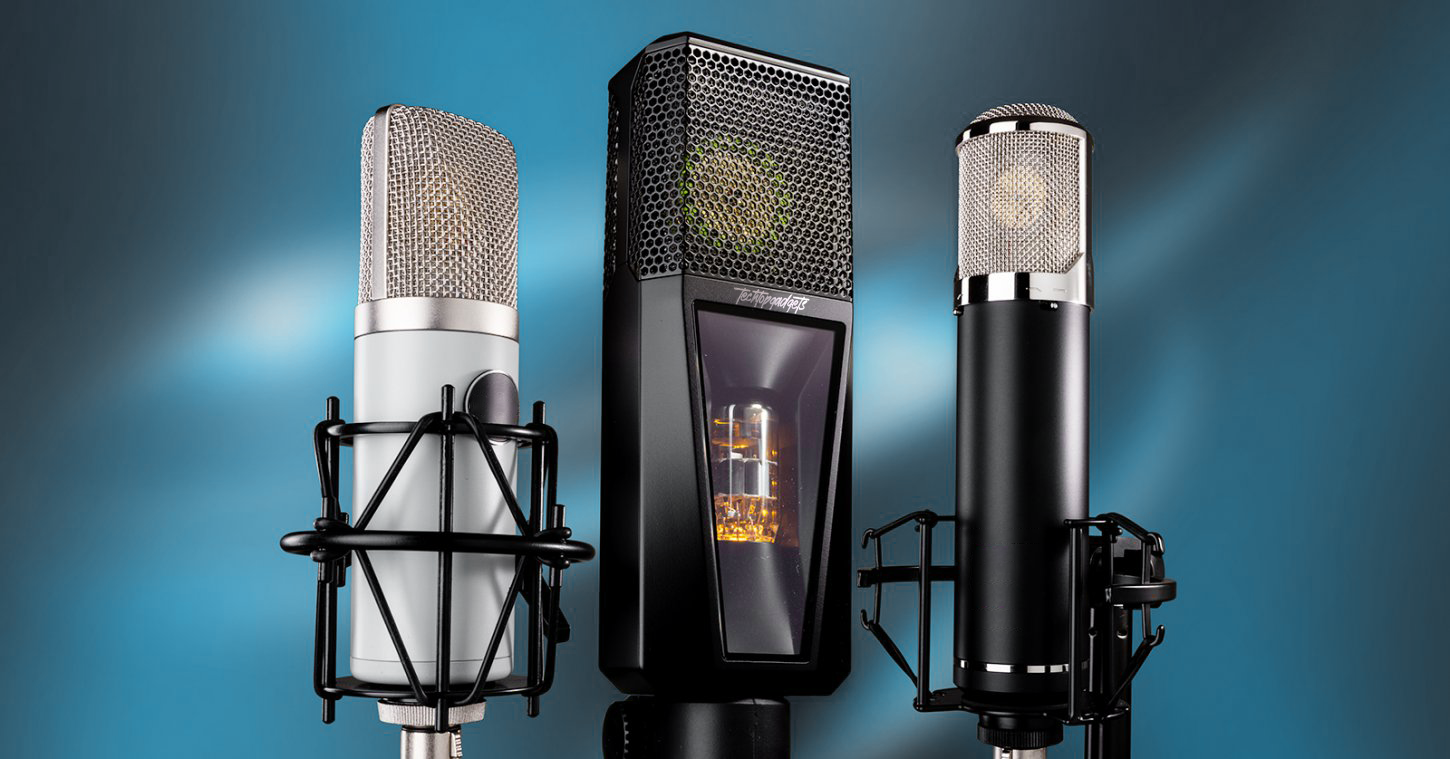
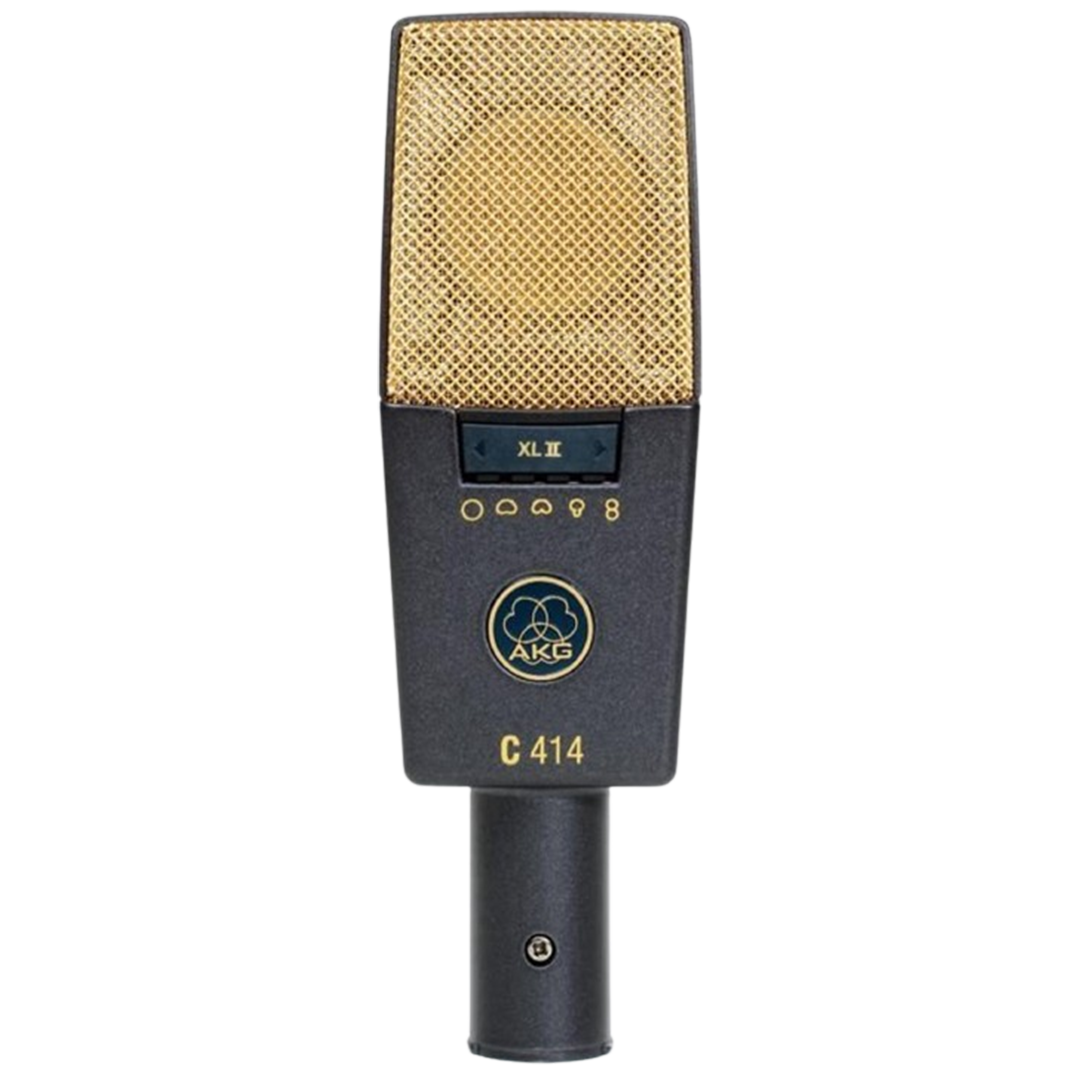
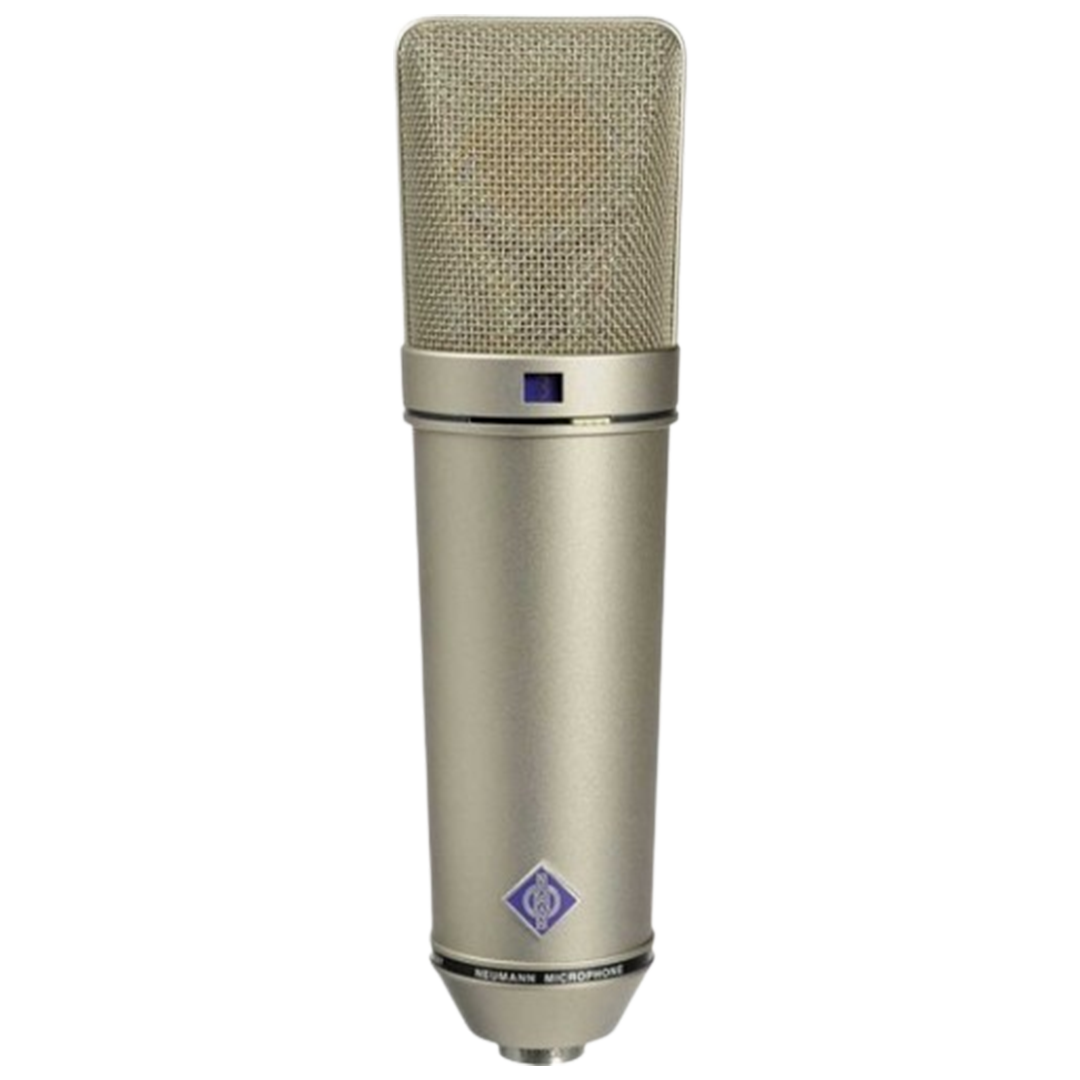
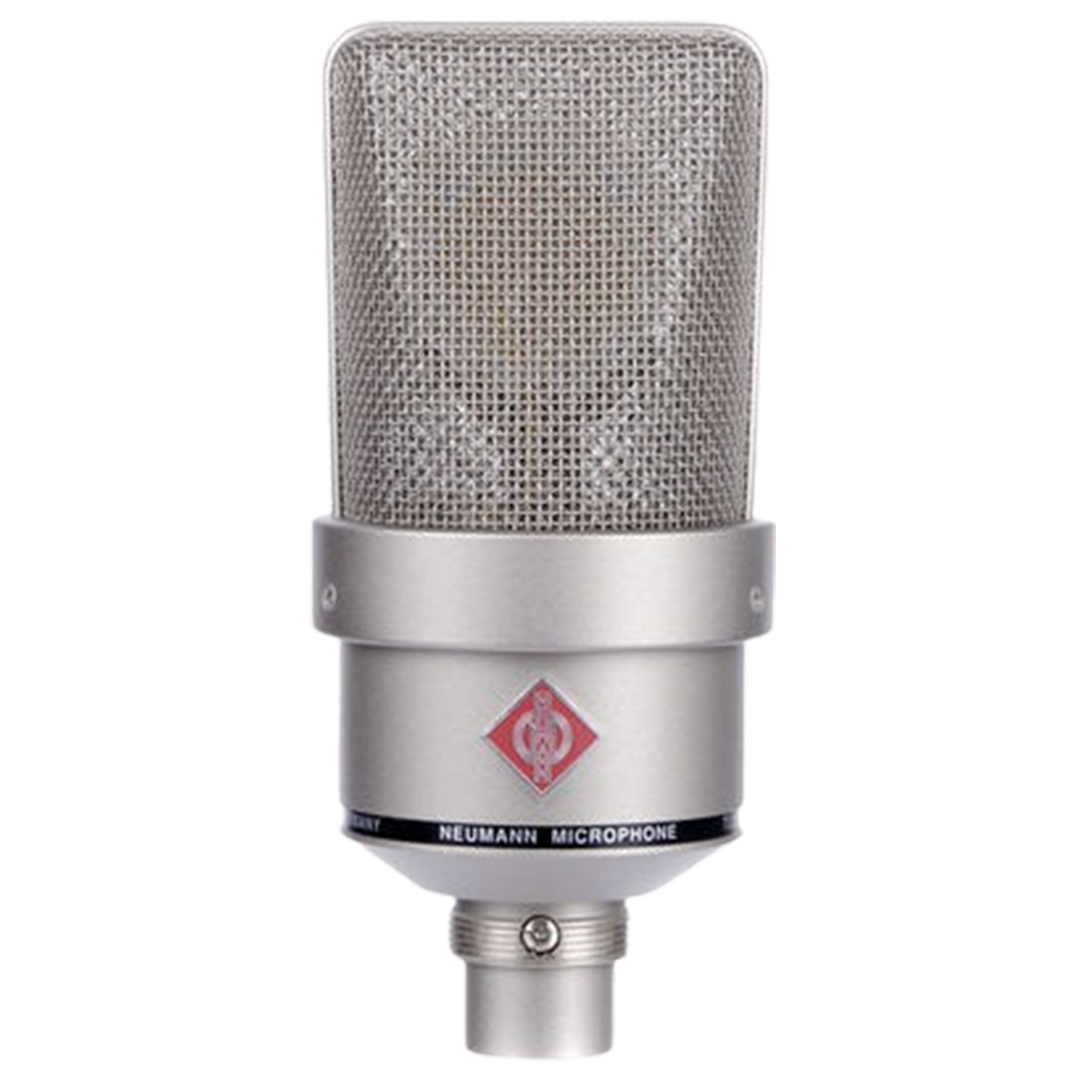
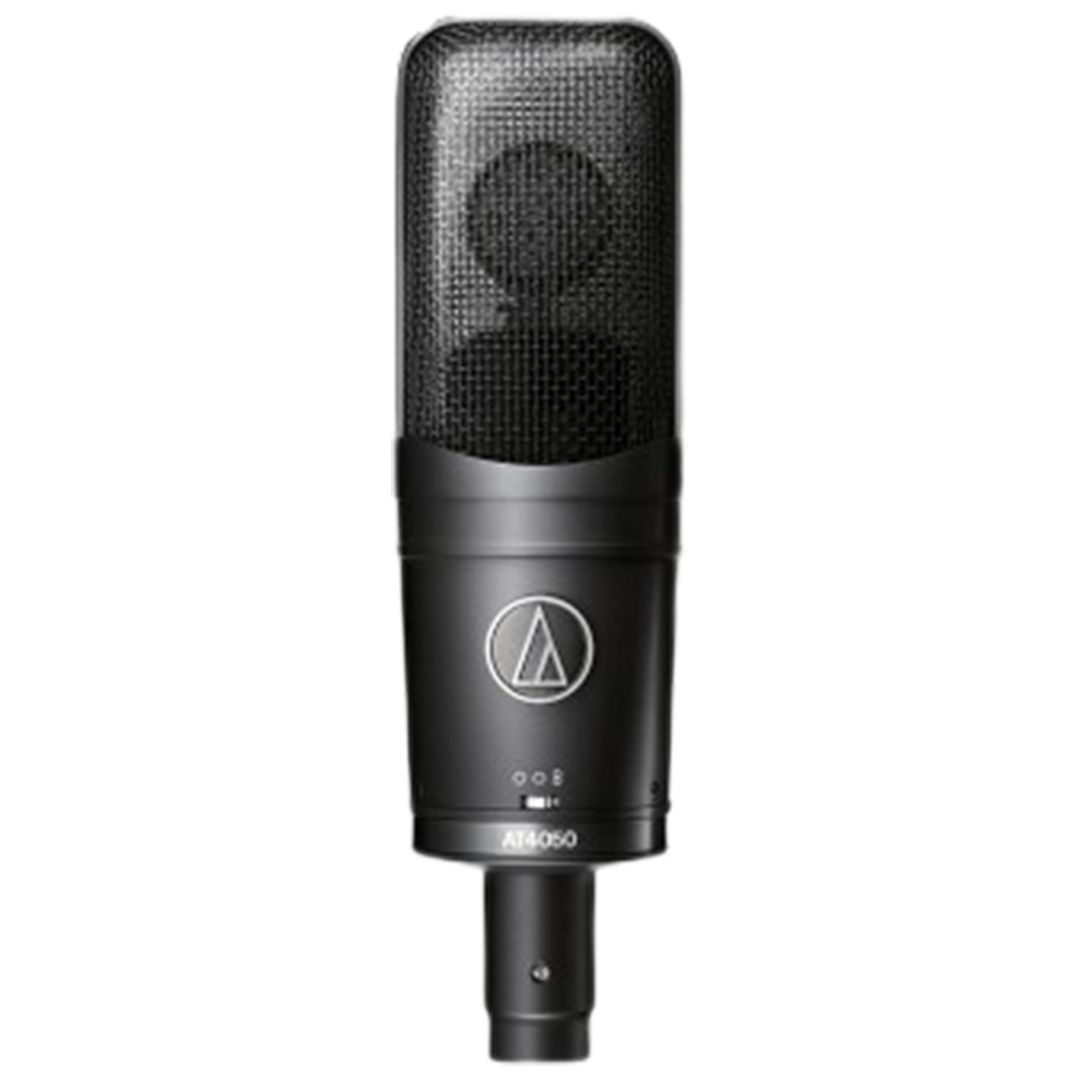
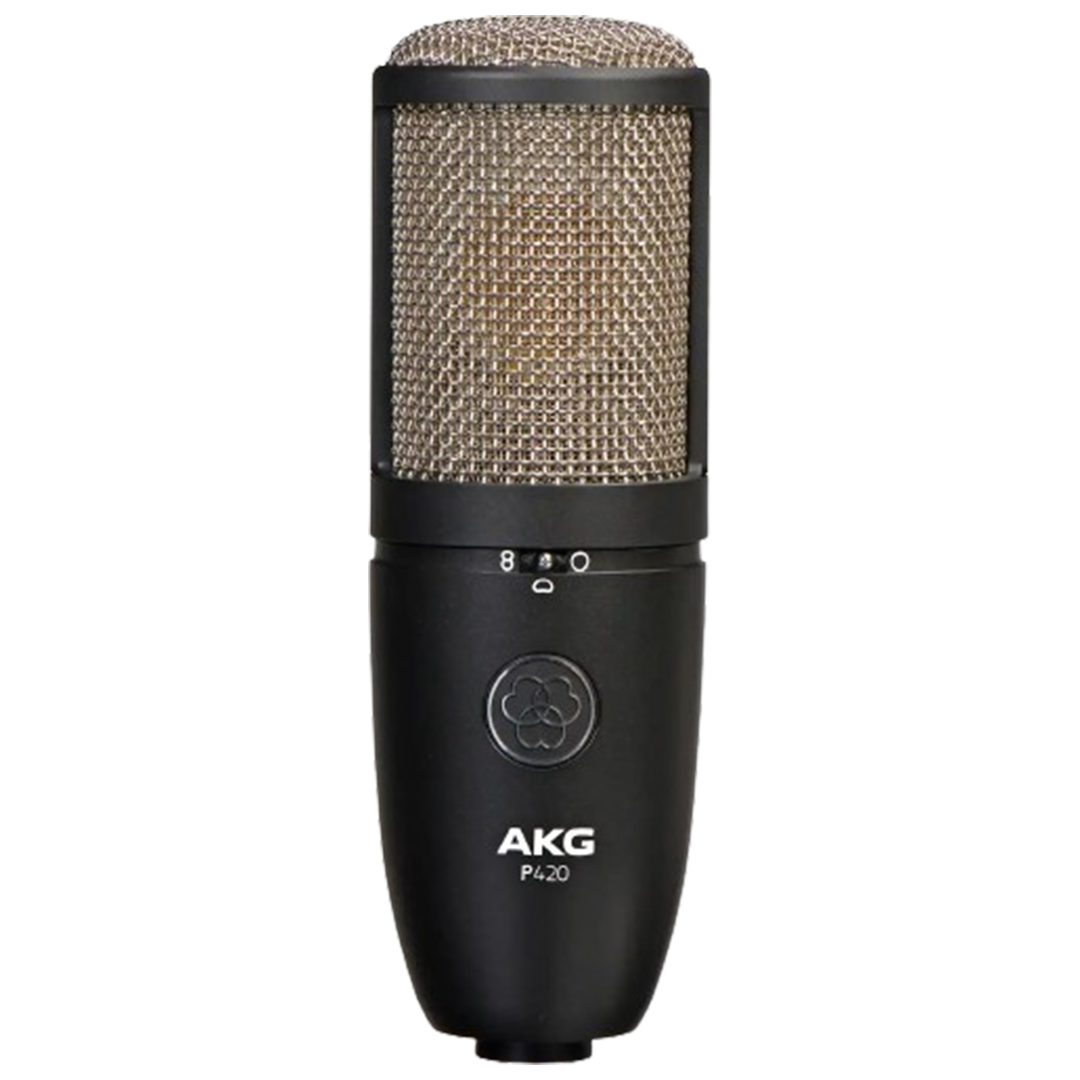
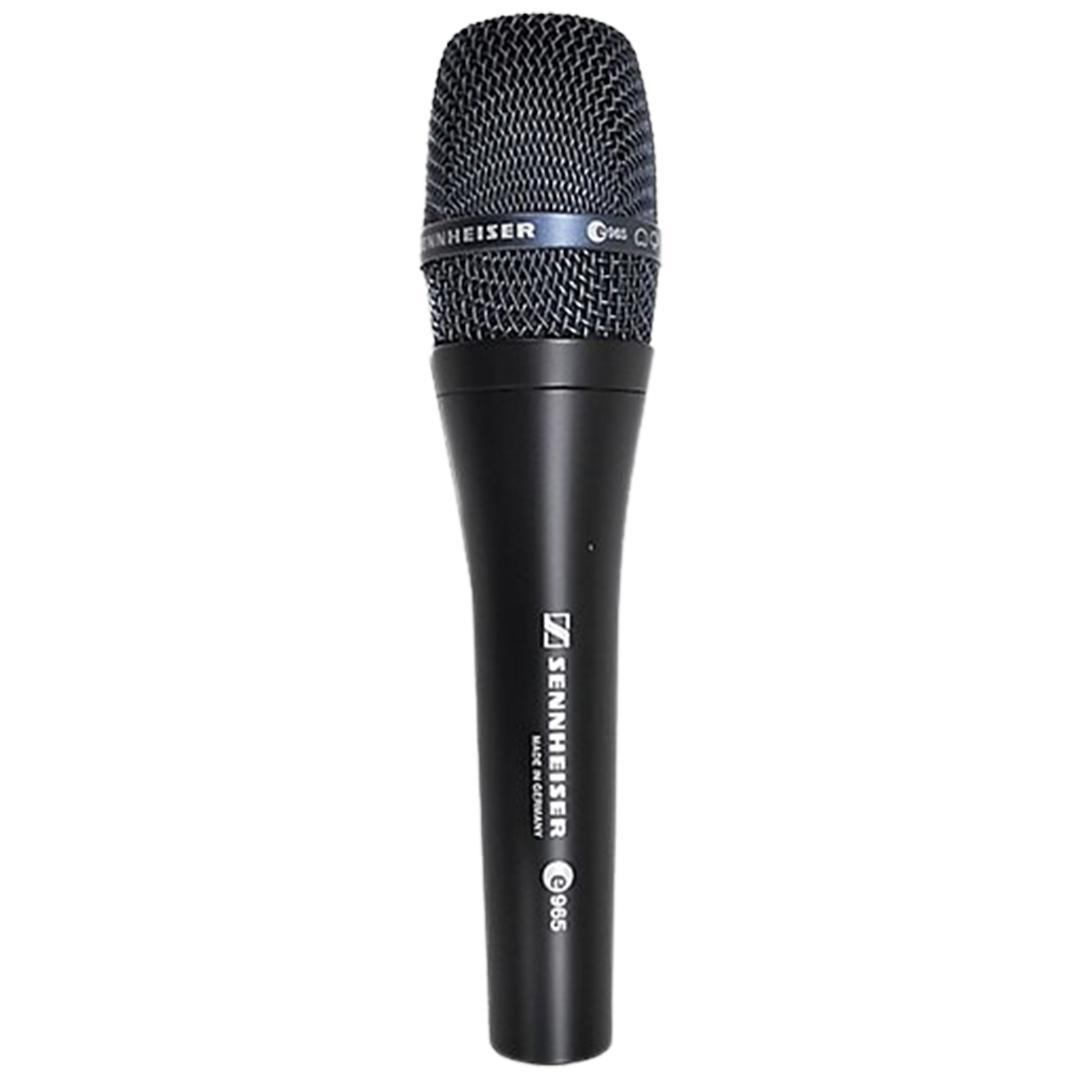
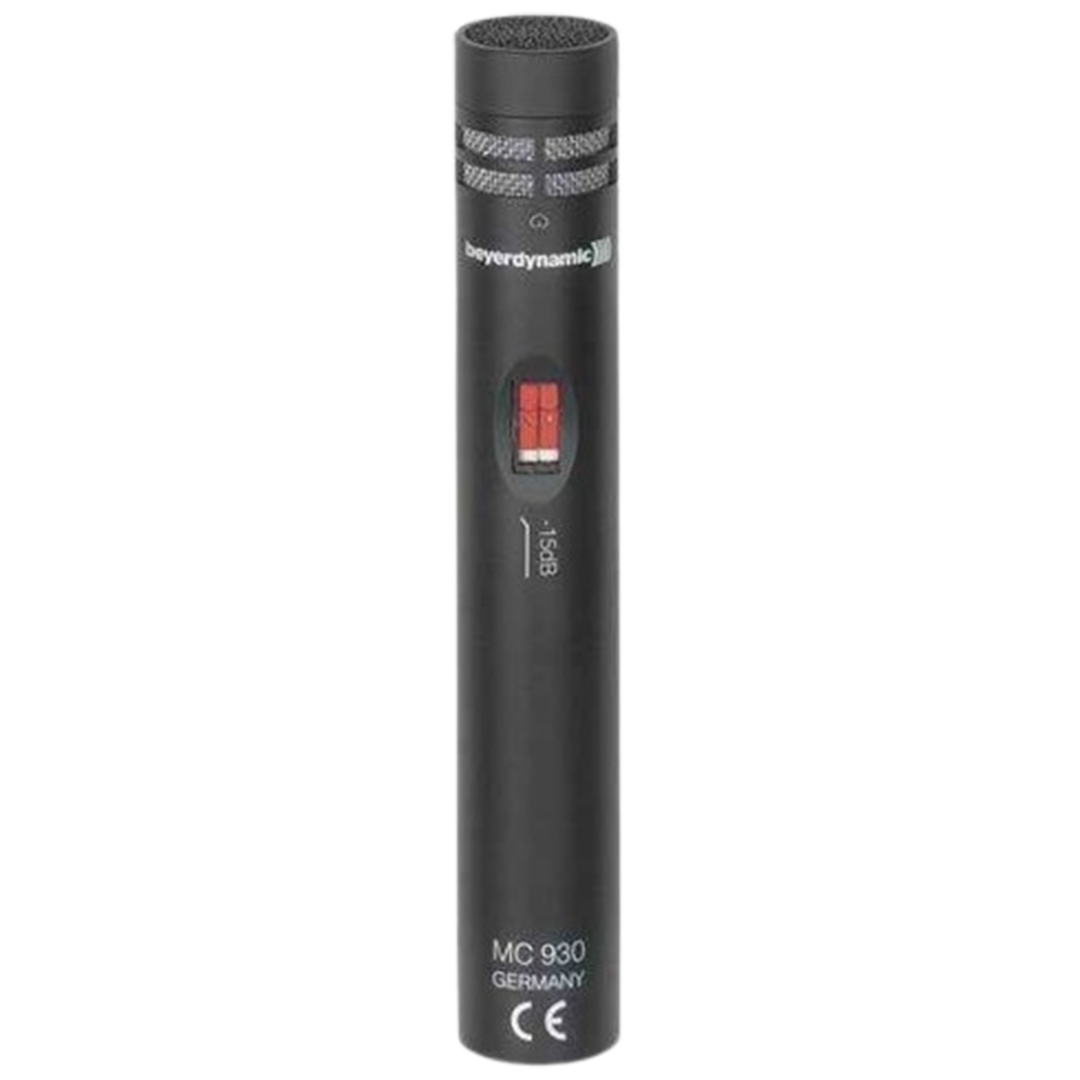
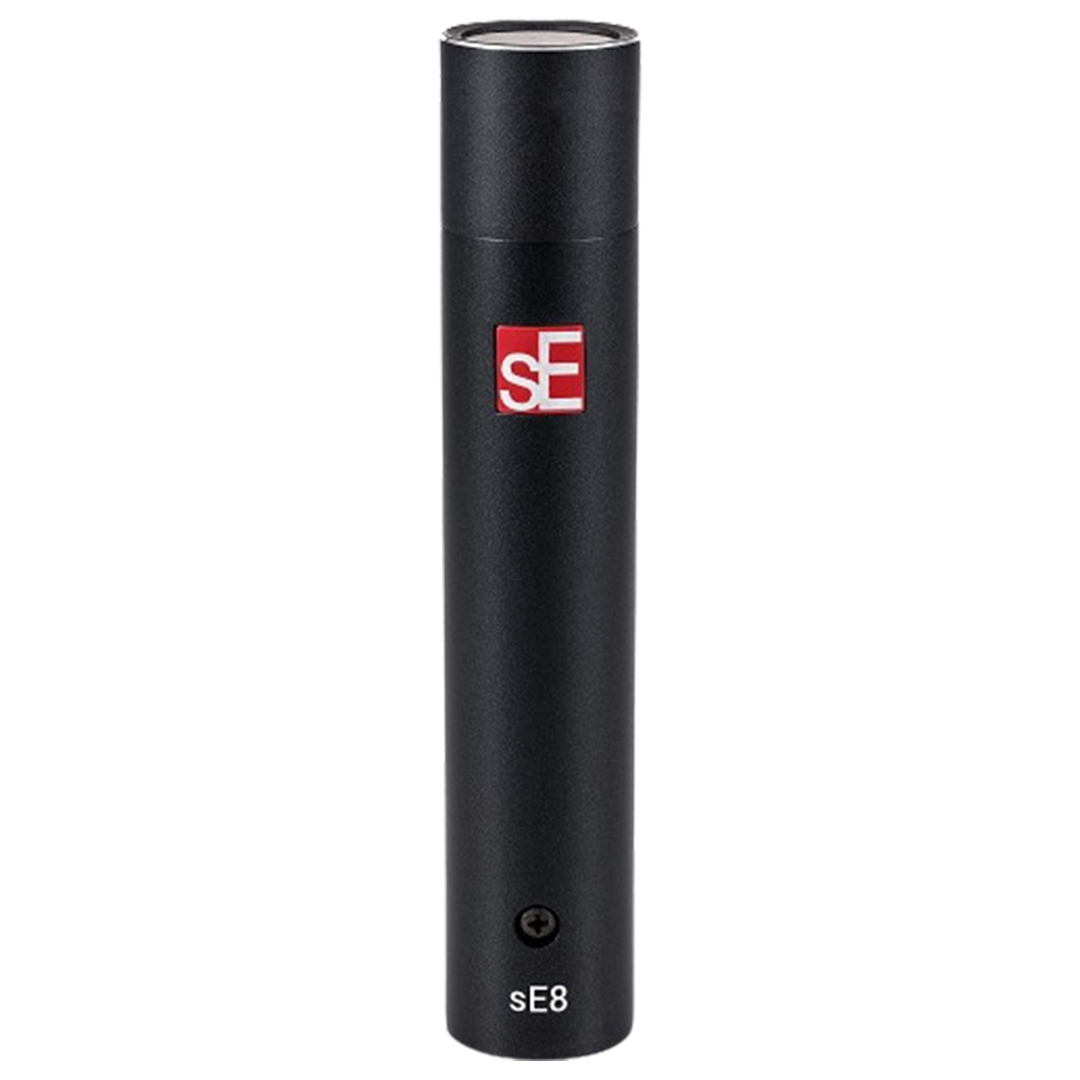
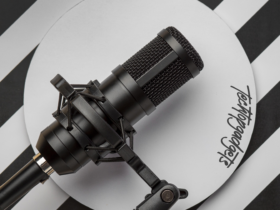
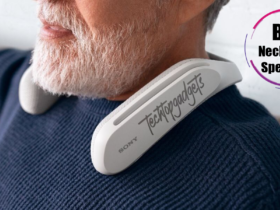
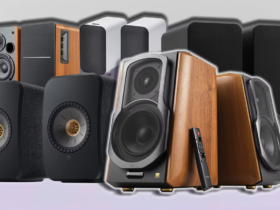
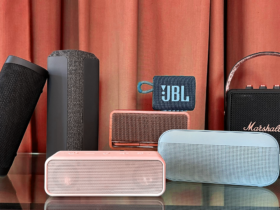

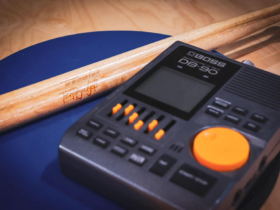
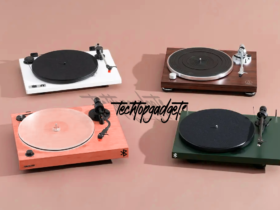
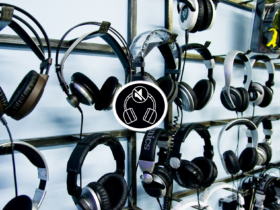

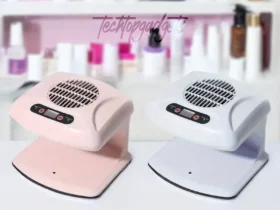


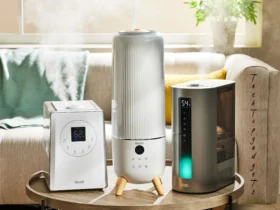
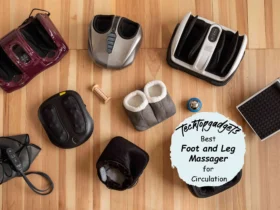
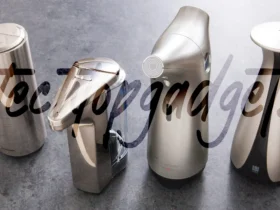
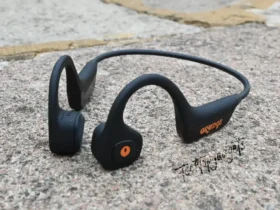
Leave a Reply